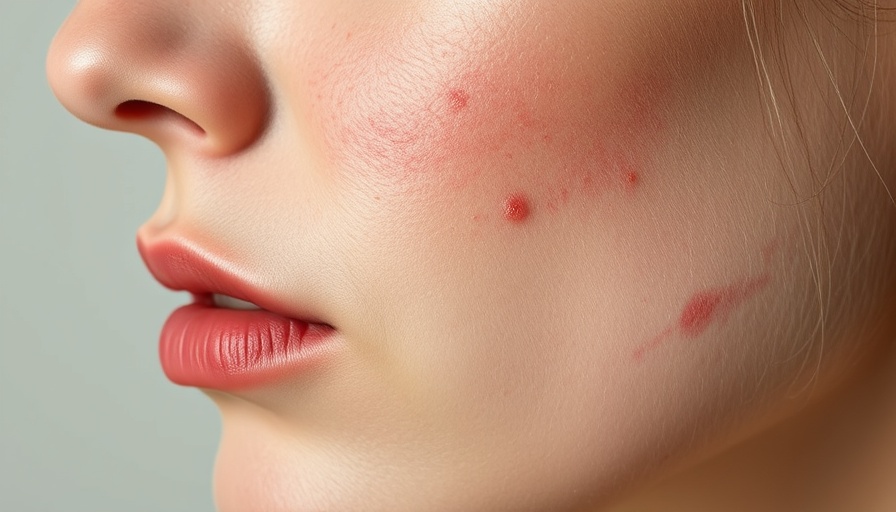
Neurotoxins: Beyond Beauty Treatments
Neurotoxins, once solely associated with aesthetic enhancements like wrinkle smoothing, are gaining recognition for their potential therapeutic benefits beyond cosmetic applications. Recent developments suggest a paradigm shift in dermatology, where these agents are becoming critical in treating inflammatory skin conditions such as rosacea, eczema, and psoriasis. This transformation is balancing aesthetics with medical utility, paving the way for comprehensive treatment strategies at medical spas.
Understanding the Mechanism: How Neurotoxins Work
The mechanism of neurotoxins primarily involves the modulation of neurotransmitter release. Researchers have found that these agents can impact inflammatory pathways, presenting a novel approach to managing chronic skin diseases. Conditions like rosacea, which traditionally have limited treatment options – often yielding only moderate results – could see improvement as neurotoxins reduce inflammatory responses. This discovery offers hope for patients who are desperate for effective management of their skin conditions.
Clinical Research: Supporting Evidence for Expanded Use
Recent clinical studies have underscored the anti-inflammatory properties of neurotoxins. In trials, patients treated with these agents exhibited notable reductions in symptoms associated with inflammatory dermatoses. These findings could reshape treatment protocols and establish neurotoxins as crucial players in dermatology, granting medical spa owners an exciting opportunity to expand their service offerings.
Implications for Medical Spa Owners
As the understanding of neurotoxins evolves, medical spa owners must adapt to these advancements. Incorporating neurotoxin treatments for inflammatory conditions could attract a broader clientele, thereby increasing business potential. Training staff on these new applications, understanding regulatory frameworks, and communicating effectively with clients about the benefits of these treatments become paramount.
Future Trends: The Continued Evolution of Dermatology
Looking ahead, the ongoing research around neurotoxins hints at even more applications. As dermatological practices evolve, medical spas can anticipate a growing demand for innovative treatments that combine aesthetic and therapeutic benefits. Staying informed about emerging studies will be essential for offering cutting-edge solutions that satisfy both consumer desire and medical needs.
Call to Action: Embrace the Change
Medical spa owners should consider integrating neurotoxin therapies into their treatment menus, not just for cosmetic purposes but also as therapies for chronic inflammatory conditions. Engaging in continuous education about these treatments will not only enhance your offerings but also improve patient satisfaction and retention in a competitive landscape.
 Add Row
Add Row  Add
Add 




Write A Comment